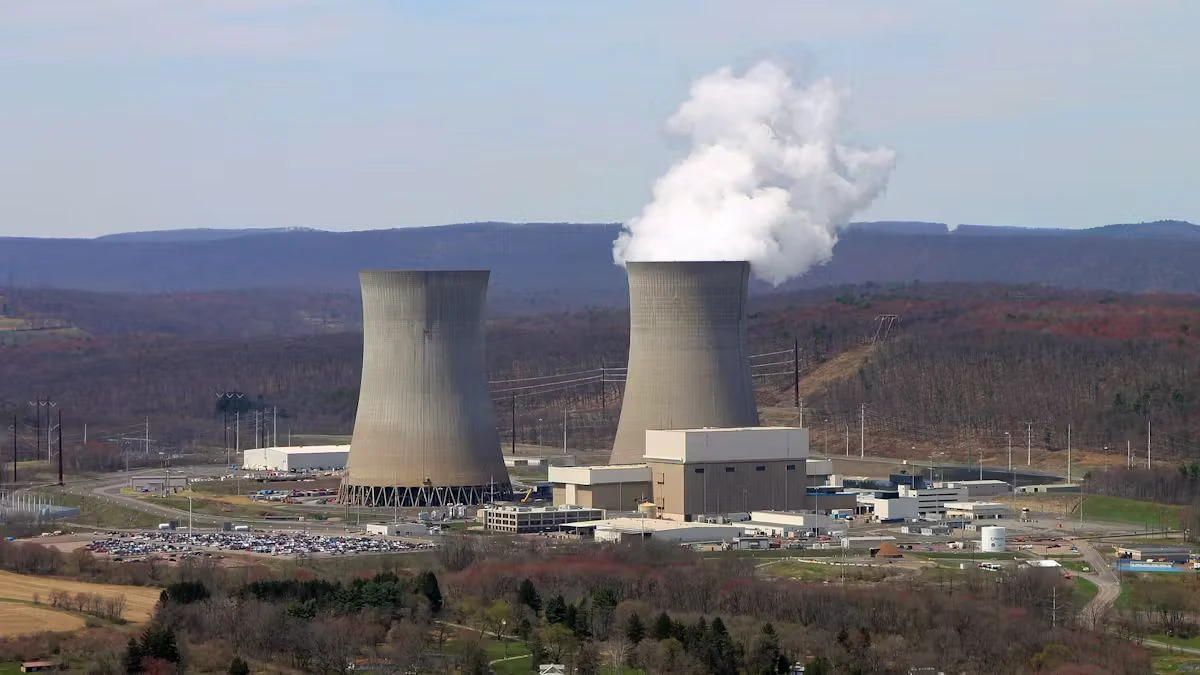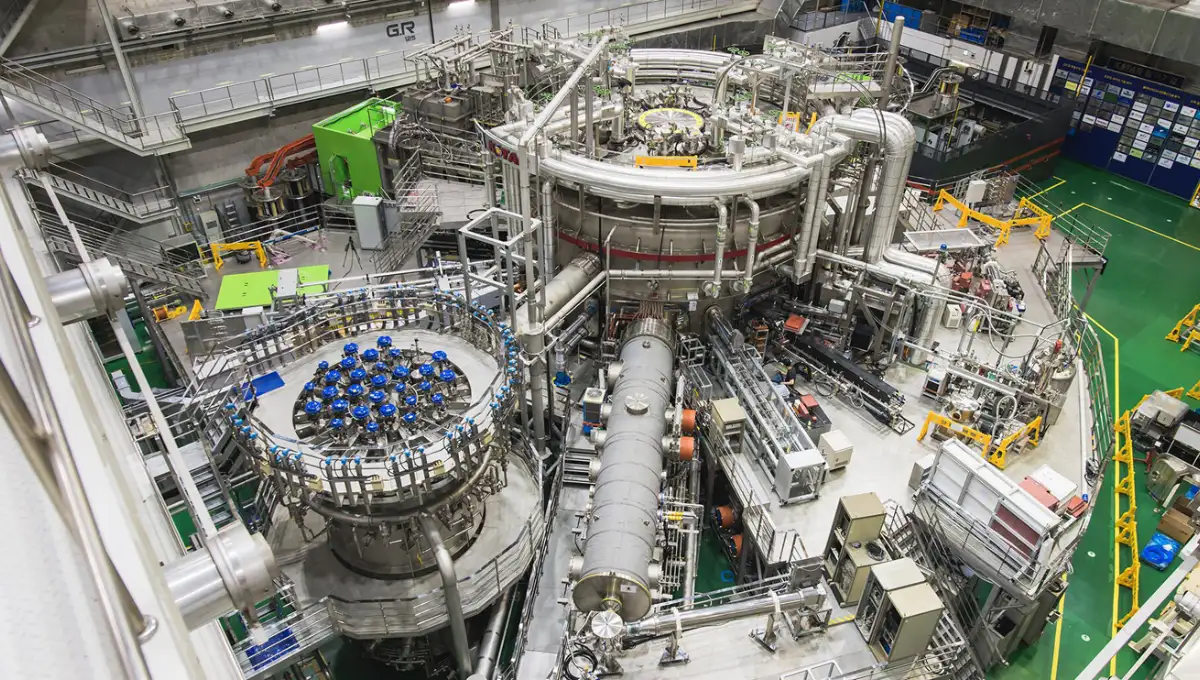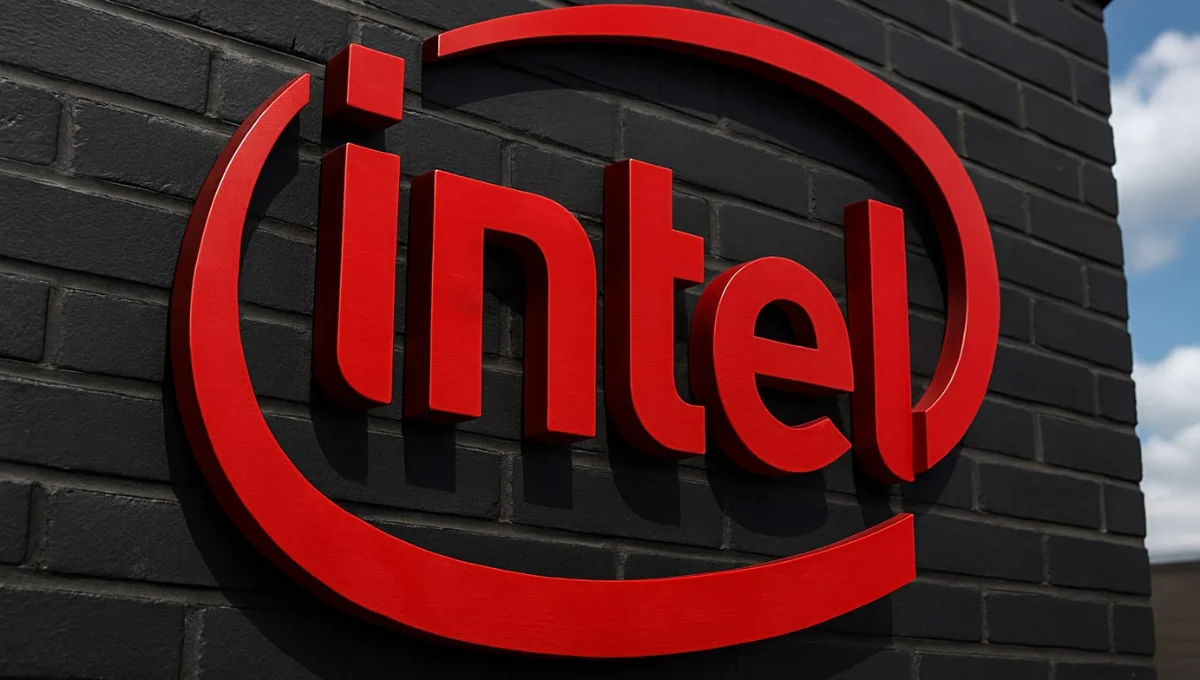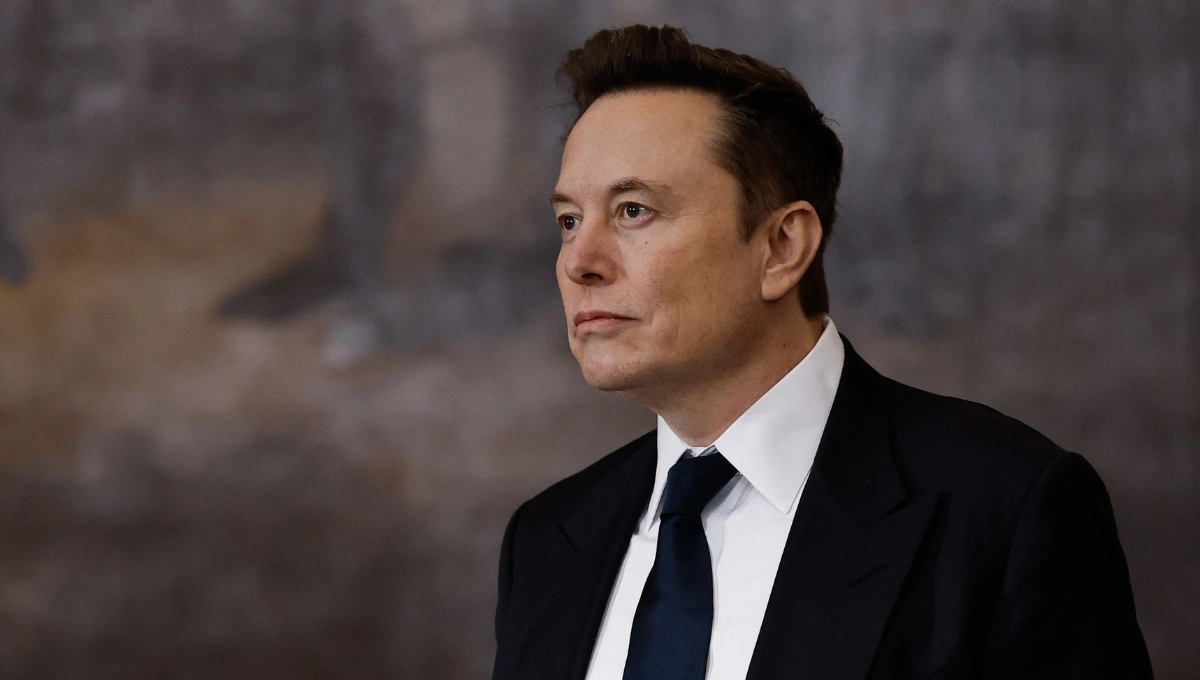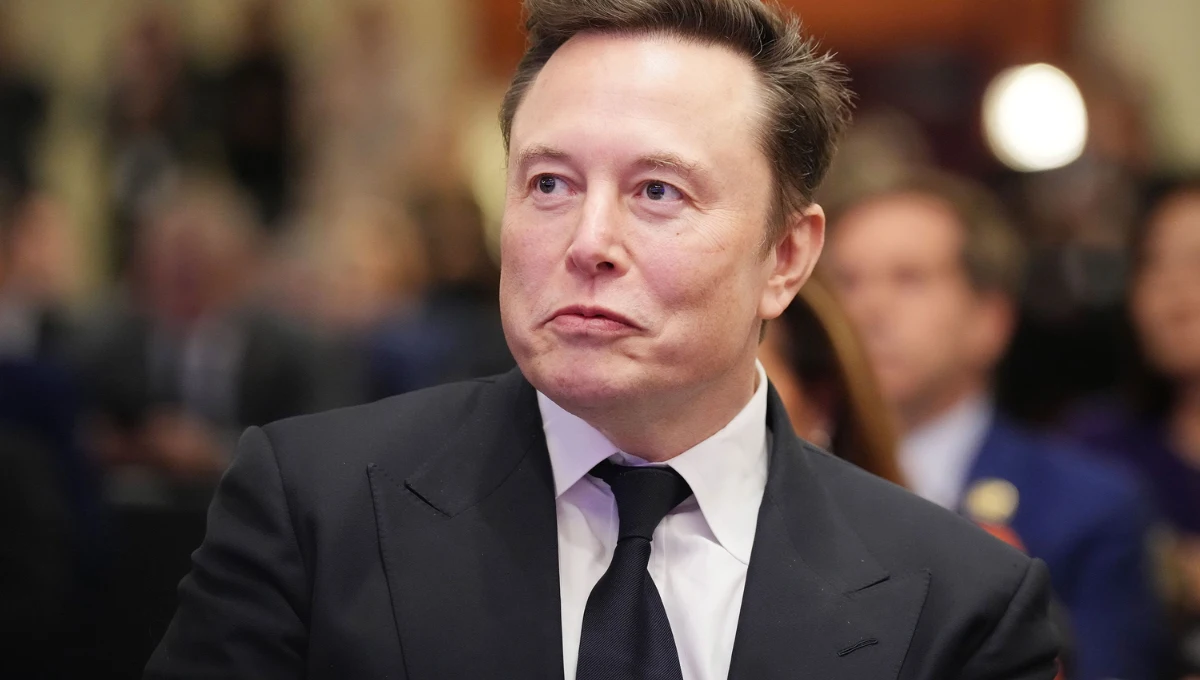US Grids Struggle as Data Centers Push Power Limits: New Rules on the Horizon
Across the United States, the rapid rise of energy-hungry data centers is putting massive strain on power grids, forcing regulators and lawmakers to rethink how electricity is distributed during emergencies. From Texas to the Mid-Atlantic and beyond, policymakers are exploring a controversial but increasingly necessary approach: cutting off data centers from the grid during peak demand to protect everyday consumers.
This new development comes at a time when the country is grappling with soaring electricity bills, growing competition with China over artificial intelligence infrastructure, and a limited capacity to build new power plants quickly enough to meet demand.
The Challenge of Data Centers
The rise of artificial intelligence tools such as OpenAI’s ChatGPT and the global demand for cloud services have accelerated the boom in data center construction across the United States. These facilities, often the size of several football fields, require staggering amounts of electricity to keep servers cool and operating around the clock.
Texas, one of the most popular hubs for new data centers, has already felt the pressure. In 2021, during a brutal winter storm, power shortages led to widespread blackouts that caused dozens of deaths. Since then, state lawmakers have been determined to avoid a repeat. Earlier this year, Texas passed a law that includes provisions requiring utilities to disconnect large electricity users, such as data centers, during power emergencies.
The theory is simple: by cutting off or reducing supply to massive industrial users, grids can preserve enough electricity to prevent widespread blackouts for millions of homes and small businesses.
A Strategy Spreading Nationwide
Texas may have been the first to adopt this tough-love approach, but it won’t be the last. The 13-state mid-Atlantic grid, run by PJM Interconnection, has also floated similar proposals. This region serves 65 million people and is home to data center hotbeds in Virginia, Ohio, and Pennsylvania.
The Southwest Power Pool, which manages electricity for much of the Great Plains, has signaled it may follow suit as well. Its CEO recently admitted that expanding programs to reduce consumption among the largest energy users is the only realistic option to avoid grid overloads in the coming years.
Michael Webber, a professor of energy at the University of Texas, put it bluntly: “Data center flexibility will be expected, required, encouraged, mandated — whatever it is.”
Rising Bills and Public Frustration
One of the most significant concerns for policymakers is the impact on ordinary Americans’ wallets. According to federal data, electricity bills have been rising at twice the rate of inflation nationwide. Some analysts argue that regular households are indirectly subsidizing the enormous energy appetite of Big Tech’s infrastructure.
This has created tension: while states want to attract data centers for the jobs and investment they bring, they also must balance the strain these facilities place on existing grids and the rising costs for local residents.
Joe Bowring, who heads Monitoring Analytics, the independent watchdog for the PJM grid, warned: “Data center load has the potential to overwhelm the grid, and I think it is on its way to doing that.”
The Pushback from Big Tech
Naturally, Big Tech companies are not eager to embrace the idea of being cut off during critical periods. For them, a steady power supply is mission-critical. Companies like Google, Microsoft, and Amazon Web Services are experimenting with backup systems, typically diesel-powered generators, to guarantee uninterrupted service.
However, data center operators insist they never expected to rely on those backup systems to support the grid itself. They argue that regulators should create flexible standards since not every facility can reduce its energy usage quickly or efficiently.
Industry groups, such as the Data Center Coalition, are pushing for financial incentives for companies that voluntarily reduce consumption during emergencies, rather than mandatory shutdowns.
PJM’s Bold Proposal
The PJM Interconnection’s latest proposal has stirred up considerable debate. Under its plan, proposed data centers may not be guaranteed electricity during a power emergency. That uncertainty has rattled both energy producers and the tech industry, with critics warning it could destabilize investment and discourage new projects in the region.
Governors in states like Pennsylvania, New Jersey, Illinois, and Maryland have voiced concerns, suggesting that the proposal may not offer a permanent solution. Instead, they argue that data centers should be incentivized to build their own power sources or invest in renewable energy infrastructure.
Read More: Wall Street Eases After Record Highs, But Weekly Gains Intact
Consumer advocates have also weighed in, saying that PJM’s strategy may not actually lower bills for everyday people. Instead, they propose requiring data centers to provide their own generation capacity — effectively ensuring that the massive facilities don’t compete with households for limited electricity.
Google’s Experiment in Indiana
A glimpse of what the future might look like has already emerged in Indiana. Google recently agreed to a unique arrangement with Indiana & Michigan Power for a $2 billion data center in Fort Wayne. Under the deal, Google promised to reduce its electricity usage during periods of grid stress by delaying non-essential tasks.
While the agreement shows a willingness to adapt, critics argue the secrecy around the deal makes it difficult to assess whether such arrangements are truly beneficial to ratepayers or just window dressing.
A New Way of Thinking
Ultimately, these debates reflect a deeper shift in how the United States thinks about electricity. Instead of building billions of dollars’ worth of new power plants to meet rare surges in demand, regulators are considering whether it makes more sense to temporarily reduce usage by the largest energy consumers.
Abe Silverman, an energy researcher at Johns Hopkins University, captured the dilemma: “Is it worth it for society to build 10 new power plants just to serve the data centers for five hours a year? Or is there a better way to do it?”
This question will shape not only energy policy but also the future of AI, cloud computing, and America’s competitiveness in the digital economy.
Looking Ahead
As data centers multiply at breakneck speed, the balance between technological progress and energy sustainability is becoming increasingly fragile. Lawmakers, regulators, and industry leaders will need to find common ground that safeguards both innovation and public interest.
The next few years will likely bring a mix of stricter regulations, innovative contracts like Google’s, and possibly new models of energy generation designed specifically for data centers. What’s clear is that the old assumption — that the grid can endlessly scale to meet every demand — no longer holds.
